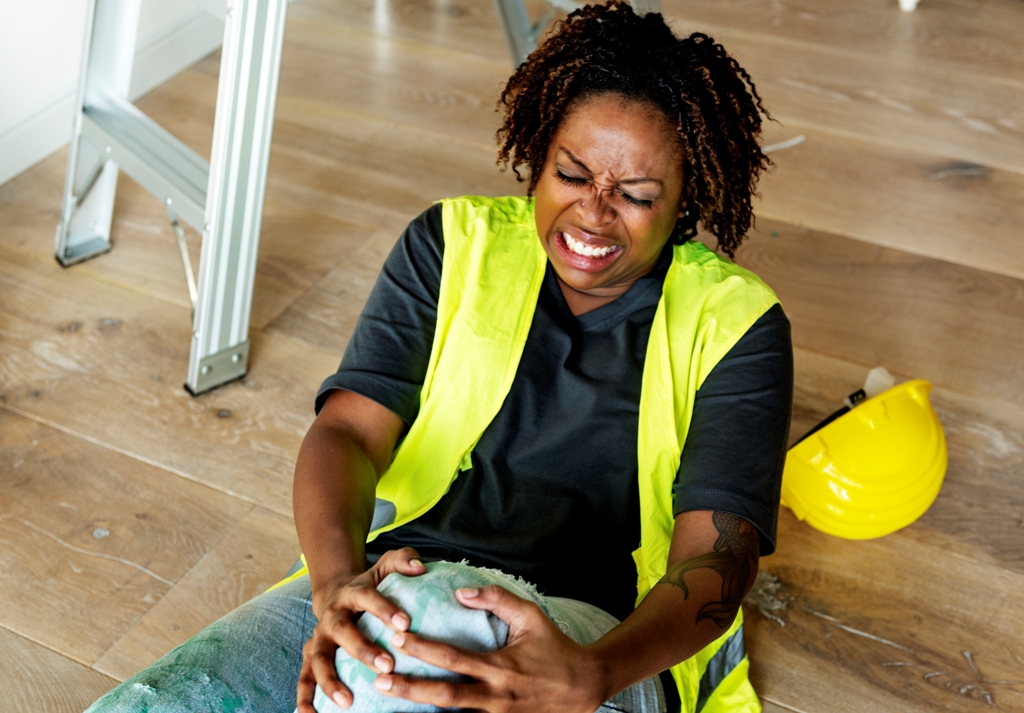Nigeria’s growing industrial sector presents immense opportunities—but also increasing risks. From oil rigs in the Niger Delta to factories in Lagos and construction sites in Abuja, workplace hazards are a serious concern. Despite regulatory frameworks like the Nigerian Factories Act and the Occupational Health and Safety (OHS) Bill, enforcement remains weak, especially among small and medium enterprises.
According to the International Labour Organization (ILO), over 2.78 million people die globally each year due to occupational accidents and work-related diseases. In Nigeria, the National Industrial Safety Council estimates over 1,200 workplace deaths annually, with thousands more injured or disabled. Many of these incidents occur due to poor safety culture, lack of training, or the absence of safety equipment.
One of the most common hazards is the absence of Personal Protective Equipment (PPE). Workers in construction and manufacturing often operate heavy machinery without helmets, gloves, or safety boots. Electrical hazards are also rampant—especially in older buildings and markets where poor wiring and overloading can lead to fires. Chemical exposure in laboratories and factories presents another danger, with long-term consequences like respiratory illness or skin damage.

In addition, ergonomic hazards are becoming more prominent. Office workers frequently report back pain and carpal tunnel syndrome due to poor posture and inadequate workstations. Mental health, often ignored in the Nigerian workplace, is another emerging issue. Stress from unrealistic targets, long working hours, and job insecurity contributes to burnout and reduced productivity.
Preventing workplace hazards requires a multi-pronged approach. First, employers must prioritize safety training and create policies that enforce PPE usage and hazard reporting. Regular risk assessments should be conducted, especially when introducing new equipment or procedures. Employers should also collaborate with certified safety consultants to evaluate compliance and design workplace-specific safety plans.
Government agencies must improve enforcement through regular inspections and harsher penalties for non-compliance. Finally, employees must be educated about their rights to a safe working environment and be encouraged to speak up about unsafe conditions. Safety is not just a regulatory issue—it is a human right. A safer workforce means a healthier, more productive economy.





